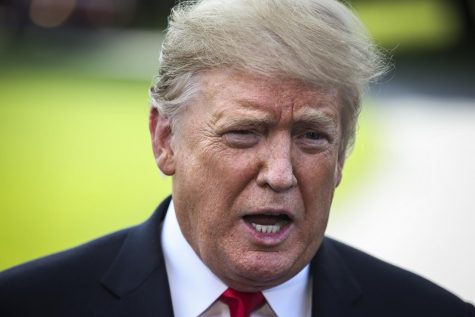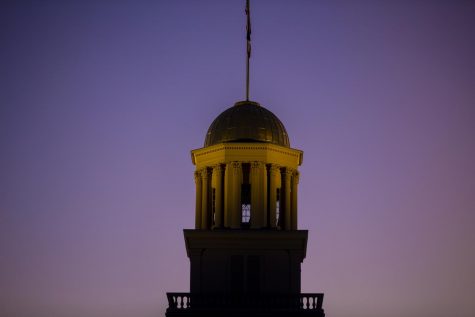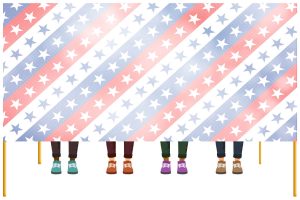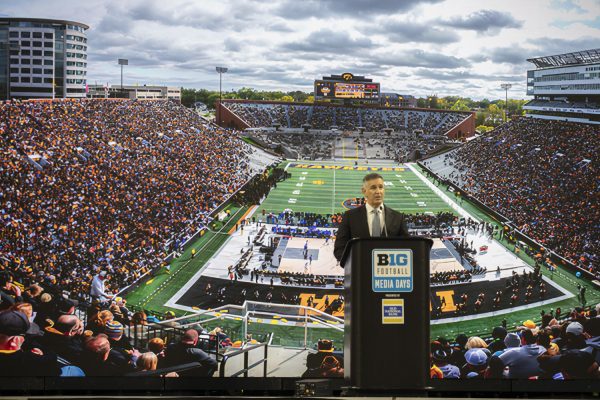Iowa’s unemployment rate drops to an 18-year-low, second lowest in the country
Iowa’s unemployment dropped to 2.5 percent, making it the second-lowest in the country. About 50 percent of Iowa graduates, however, still prefer moving out of the state after college.
The Capitol building in Des Moines is pictured on April 29, 2019.
October 10, 2018
Iowa’s unemployment rate has dropped to the lowest percentage since 2000.
Iowa Workforce Development reported that the state’s unemployment rate dropped to 2.5 percent from a study conducted in August. Iowa has the second lowest unemployment rate in the country, behind Hawaii.
University of Iowa economics Professor Anne Villamil said this is both a low unemployment rate for Iowa and compared with the rest of the United States. Job openings in the state are greater than the number of workers seeking jobs.
RELATED: Iowa programs address veteran unemployment
“Iowa, certainly now, has historically had a low unemployment rate,” she said. “If it’s good or bad depends on whether you’re a firm or a worker. If you’re a worker and there are a lot of job postings, that’s a good thing. Of course, if you’re a firm, it’s very difficult for them.”
Iowa’s economy has always done better than that of most states, Villamil said. Unemployment remained low during the Great Recession.
Research conducted by the Federal Reserve for Economic Data shows that, following the recession of 2007, Iowa’s unemployment was approximately 6.7 percent. This was lower than the U.S. unemployment rate, which had reached approximately 10 percent.
Iowa, certainly now, has historically had a low unemployment rate
— Professor Anne Villamil, Tippie College of Business
“But now, it has come down to below where it was, so, overall, we are doing much better than what we were doing before the recession,” Villamil said.
Before the recession, Iowa’s unemployment rate was approximately 3.8 percent, higher than the current unemployment rate.
However, Iowa’s rural economy is at disadvantage because it is expensive or time-consuming for workers to get to their place of work, she said. In most cases, workers must have vehicles, which can be expensive for some people.
RELATED: Iowa considers implementing employee-verification system after Mollie Tibbetts’ death
A large number of skilled workers who are qualified to work certain types of jobs may feel the need to move in order to be in places where their skill sets are in demand, Villamil said.
“If you’re an astrophysicist, and you need an observatory to work, and there isn’t one in Iowa, and the weather in Iowa is not appropriate, then you’re going to be able to move to New Mexico,” she said. “In particular, cities attract [certain types of] jobs. So there can be those agglomeration effects.”
As an effect of a low unemployment rate, professional organizations are coming in and engaging with students through classroom activities to try to build relationships with them, said Angi McKie, senior director of operations at the Pomerantz Center.
“As a whole, about 50 percent of those stay in the state of Iowa,” she said. “That matches pretty closely with where students come from, if you look at admissions data. We don’t lose a lot of students; it is reflective of where they come from.”
According to research conducted by the UI for the 2016-17 academic year, 50.25 percent of graduate students were employed in Iowa. Around 23.07 percent of UI graduates were employed in Illinois.
“We absolutely have a number of students who come from other states, who want to live in Iowa, and most often they find opportunities, and they love their experience they’ve had here, which encourages them to stay in the state,” McKie said.
Iowa students prefer moving out for numerous reasons, Villamil said. Some graduates prefer living in metropolitan areas.
Most people prefer going to states that have a lower cost of living, such as Texas, she said. There are also areas that attract people with certain interests.
“Not since May of 2000 has Iowa seen an unemployment rate this low,” said Beth Townsend, the director of Iowa Workforce Development in an email to The Daily Iowan. “As the unemployment rate continues to drop, Iowans are coming together as never before to find ways to help more Iowans get up-skilled as demonstrated by the more than 2,100 community and business leaders …”





















